Home>Maintenance & Safety>Pest Control Solutions>How Many Yellow Jackets In A Nest
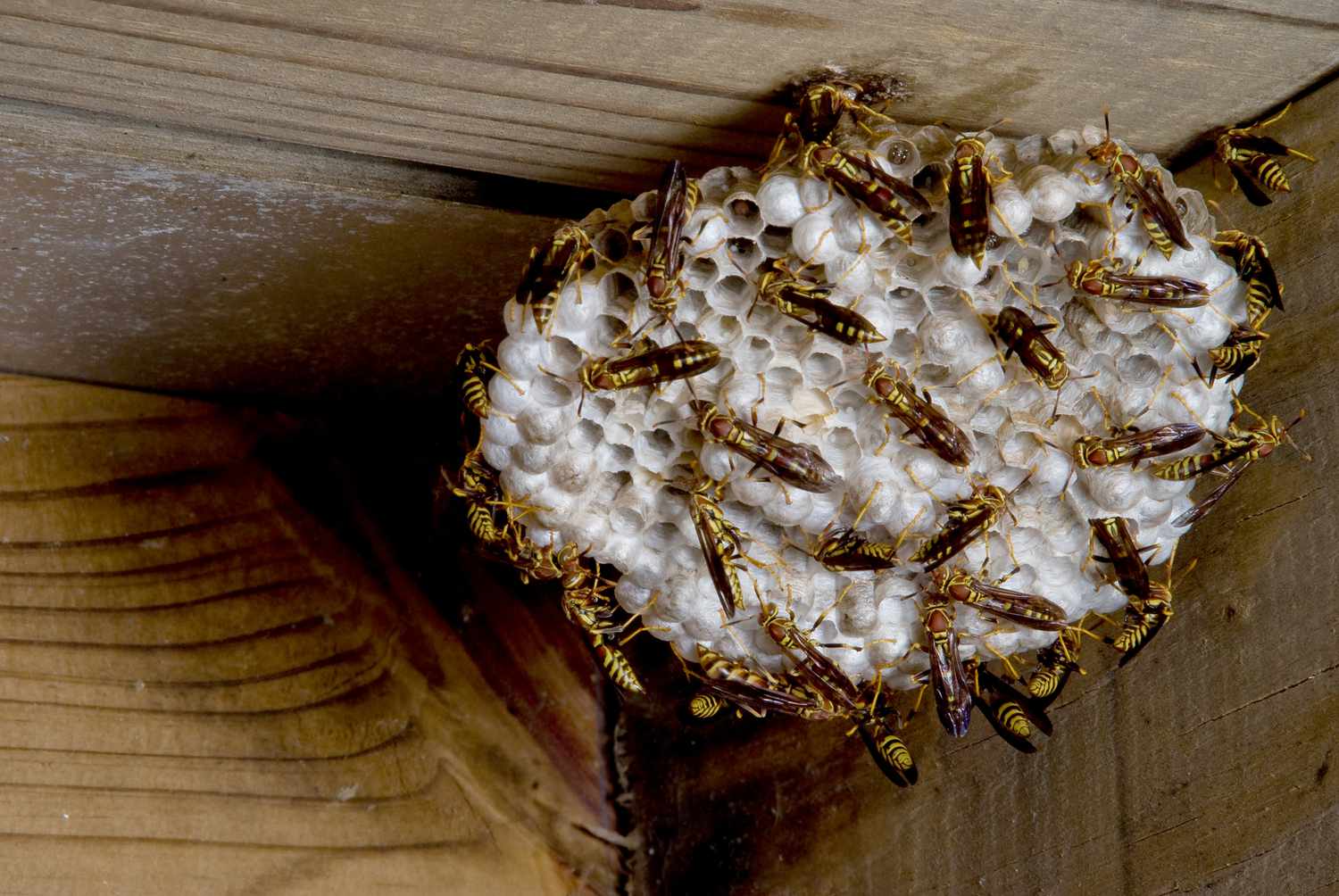

Pest Control Solutions
How Many Yellow Jackets In A Nest
Modified: March 2, 2024
Discover effective pest control solutions for yellow jacket nests. Learn how to safely eliminate these stinging insects and protect your home.
(Many of the links in this article redirect to a specific reviewed product. Your purchase of these products through affiliate links helps to generate commission for Storables.com, at no extra cost. Learn more)
Introduction
Yellow jackets are a common sight during the warmer months, buzzing around picnics, outdoor events, and even our own backyards. These aggressive insects are known for their painful stings and their tendency to build nests in close proximity to human activity. Understanding the behavior and characteristics of yellow jackets, particularly their nesting habits, is crucial for effective pest control and management.
In this article, we will delve into the intriguing world of yellow jacket nests, exploring their structure, the factors influencing their size, and methods for estimating and controlling these nests. By gaining insight into the inner workings of yellow jacket colonies, we can develop a deeper understanding of these pests and learn how to coexist with them more harmoniously.
Yellow jacket nests can vary significantly in size, with some containing just a few dozen individuals while others may house thousands of these stinging insects. By unraveling the mysteries surrounding the population and structure of these nests, we can better appreciate the complexity of yellow jacket colonies and the challenges they pose for pest control experts and homeowners alike.
Join us on this journey as we uncover the secrets of yellow jacket nests, shedding light on the fascinating world of these buzzing insects and discovering the strategies for effectively managing their presence in our surroundings.
Key Takeaways:
- Yellow jacket nests can vary in size, from a few dozen to thousands of insects, and are marvels of insect architecture. Understanding their structure is crucial for effective pest control and management.
- Factors such as queen fertility, resource availability, and environmental conditions influence the size of yellow jacket nests. Understanding these determinants provides valuable insights for managing these stinging insects effectively.
Read more: How To Prevent Yellow Jackets From Nesting
Yellow Jacket Nest Structure
Yellow jacket nests are marvels of insect architecture, meticulously constructed to provide shelter, protection, and a nurturing environment for the colony. These nests are typically located underground, although they can also be found in wall voids, attics, and other enclosed spaces. The structure of a yellow jacket nest evolves over time, reflecting the growth and development of the colony.
The nest begins with a single queen, who initiates the construction process by fashioning a small paper-like structure from chewed wood fibers mixed with saliva. This initial structure serves as the foundation for the nest and is gradually expanded as the colony grows. The queen lays eggs within the cells of the nest, and the emerging larvae are fed by the adult workers, who diligently tend to their needs.
As the population of the colony increases, so does the size of the nest. The nest structure consists of multiple layers of hexagonal cells, arranged in a comb-like pattern. These cells serve various purposes, including housing developing larvae, storing food, and providing a platform for the queen to lay eggs. The outer layer of the nest acts as a protective barrier, shielding the inner chambers from external threats and environmental factors.
The intricate design of the nest allows for efficient use of space and resources, maximizing the colony's productivity and resilience. The outer envelope of the nest is often composed of multiple layers of paper-like material, which provides insulation and structural integrity. This outer covering is a testament to the collective efforts of the colony, as each worker contributes to its construction and maintenance.
Within the nest, a complex social hierarchy governs the behavior and interactions of the yellow jackets. The queen holds a position of authority, directing the activities of the colony and ensuring its continued growth and survival. The workers, predominantly sterile females, carry out a myriad of tasks, including foraging for food, caring for the young, and defending the nest against potential threats.
In summary, the structure of a yellow jacket nest is a testament to the ingenuity and cooperation of these social insects. From the initial construction by the queen to the intricate architecture of the comb-like cells, the nest serves as a hub of activity and a symbol of the collective strength of the colony. Understanding the intricacies of nest structure provides valuable insights for pest control experts and homeowners seeking to manage yellow jacket populations in their vicinity.
Life Cycle of Yellow Jackets
The life cycle of yellow jackets is a fascinating journey that encompasses distinct stages, each contributing to the growth and sustainability of the colony. Understanding these developmental phases is essential for comprehending the behavior and population dynamics of these stinging insects.
The life cycle begins with the emergence of a fertilized queen in the spring. After overwintering in a sheltered location, the queen emerges to initiate a new colony. She begins by constructing a small nest and laying a batch of eggs. These eggs hatch into larvae, which are meticulously cared for by the queen. As the larvae develop, they progress through several instars, undergoing molting stages before pupating.
The pupal stage marks the transformation of the larvae into adult yellow jackets. During this phase, the pupae undergo significant physiological changes, culminating in the emergence of the first generation of workers. These newly emerged workers assume the responsibilities of foraging for food, expanding the nest, and caring for subsequent broods.
As the colony grows, the queen continues to lay eggs, ensuring the steady replenishment of the workforce. The workers diligently tend to the developing larvae, provisioning them with food and maintaining the nest structure. Over time, the colony reaches its peak population, with thousands of individuals working in harmony to sustain the collective welfare.
In the late summer or early fall, the colony enters a crucial phase as the queen begins producing reproductive individuals, including males and new queens. These reproductives play a pivotal role in perpetuating the species, as they will embark on mating flights to establish new colonies in the following spring.
The life cycle of yellow jackets culminates in the dispersal of the reproductives, marking the end of the colony's lifespan. The founding queens seek suitable overwintering sites, where they will remain dormant until the arrival of the next spring, initiating the cycle anew.
By unraveling the intricacies of the yellow jacket life cycle, we gain valuable insights into the dynamics of colony development and the factors influencing population size. This knowledge forms the foundation for effective pest management strategies, enabling us to coexist with these industrious insects in a harmonious and informed manner.
Factors Affecting Nest Size
The size of a yellow jacket nest is influenced by a myriad of factors, reflecting the intricate interplay of biological, environmental, and ecological elements. Understanding these determinants provides valuable insights into the dynamics of nest development and the population density of these social insects.
-
Queen Fertility: The reproductive capacity of the queen exerts a profound influence on nest size. A highly fertile queen can lay a substantial number of eggs, leading to the rapid expansion of the colony and the construction of a larger nest. Conversely, factors that impede the queen's fertility, such as environmental stressors or genetic predispositions, can limit the growth potential of the colony.
-
Resource Availability: The abundance of food sources, including nectar, other insects, and carrion, directly impacts the growth and sustainability of a yellow jacket colony. A rich and diverse food supply enables the workers to provision the developing larvae and sustain a larger population, fostering the construction of a sizable nest. Conversely, scarcity of resources can constrain nest size and population density.
-
Environmental Conditions: The prevailing environmental conditions, such as temperature, humidity, and precipitation, play a pivotal role in shaping nest size. Favorable environmental factors can promote the survival and productivity of the colony, facilitating the construction of an expansive nest. Adverse conditions, including extreme temperatures or prolonged periods of inclement weather, can hinder nest development and limit population growth.
-
Predation and Competition: The presence of natural predators and competitors can exert pressure on yellow jacket colonies, influencing their nest size and population dynamics. Predation by birds, mammals, and other insects can reduce the survival rate of workers and reproductives, constraining the expansion of the colony. Similarly, competition for resources with other insect species can impact the foraging efficiency and reproductive success of the yellow jackets, affecting nest size.
-
Human Interference: Human activities and interventions can significantly impact the size of yellow jacket nests. Disturbances to nesting sites, such as excavation or construction work, can disrupt the colony and impede nest expansion. Conversely, inadvertent provision of food sources, such as unsecured garbage or sugary substances, can inadvertently support larger populations of yellow jackets, leading to the construction of larger nests in close proximity to human habitation.
By considering these multifaceted factors that influence nest size, we gain a deeper appreciation for the complex dynamics of yellow jacket colonies and the ecological forces that shape their populations. This understanding forms the basis for developing targeted pest management strategies and fostering a more nuanced approach to coexisting with these industrious insects.
Estimating Yellow Jacket Nest Size
Estimating the size of a yellow jacket nest is a challenging yet essential endeavor, providing valuable insights into the population density and spatial distribution of these stinging insects. While direct measurement of nest size can be impractical and potentially hazardous, several indirect methods can be employed to gauge the magnitude of a yellow jacket colony and the dimensions of its nest.
One approach to estimating nest size involves observing the foraging behavior of yellow jackets. By monitoring the frequency and intensity of foraging activity around the nest site, pest control experts and researchers can infer the population size based on the demand for food resources. A larger colony typically requires more frequent foraging trips, leading to heightened activity in the vicinity of the nest.
Another indirect method for estimating nest size entails conducting visual surveys of nest entrances and exits. By carefully observing the ingress and egress of workers, it is possible to gauge the volume of traffic and extrapolate the colony size. This approach requires patience and keen observation skills, as well as a thorough understanding of yellow jacket behavior and movement patterns.
Furthermore, acoustic monitoring techniques can be employed to estimate nest size by detecting the sounds and vibrations produced within the nest. Yellow jacket colonies generate distinct auditory signals, including the buzzing of wings and the collective hum of activity within the nest. By utilizing specialized equipment and recording devices, researchers can analyze these acoustic signatures to infer the size and vitality of the colony.
In addition to these observational methods, technological advancements have facilitated the use of remote sensing and imaging technologies for estimating yellow jacket nest size. Thermal imaging cameras and drones equipped with high-resolution cameras can provide valuable data on the spatial extent of nests and the density of the colony. These non-invasive techniques offer a safe and efficient means of assessing nest size without disturbing the insects or compromising the safety of researchers.
By integrating these diverse approaches, pest control professionals and entomologists can develop comprehensive strategies for estimating yellow jacket nest size. This multifaceted approach enables a more nuanced understanding of colony dynamics and facilitates the implementation of targeted pest management interventions tailored to the specific characteristics of the nest and its inhabitants.
Yellow jacket nests can vary in size, but they typically contain anywhere from 1000 to 5000 individual yellow jackets. Keep a safe distance from nests to avoid getting stung.
Read more: Where Do Yellow Jackets Make Their Nest
Controlling Yellow Jacket Nests
Effective control of yellow jacket nests is essential for mitigating the risks associated with these aggressive stinging insects and ensuring the safety and well-being of humans and pets. Implementing strategic and targeted approaches to managing yellow jacket populations requires a comprehensive understanding of their nesting habits, behavior, and ecological interactions. By integrating a combination of preventive measures, direct intervention, and habitat modification, pest control experts and homeowners can effectively address the presence of yellow jacket nests in their vicinity.
Prevention and Exclusion
Preventive measures play a pivotal role in controlling yellow jacket nests, particularly in residential and recreational settings. Securing potential entry points, such as gaps in exterior walls, eaves, and vents, can prevent yellow jackets from establishing nests within structures. Regular inspection and maintenance of buildings and outdoor structures can help identify and address potential nesting sites, minimizing the risk of infestation.
Trapping and Baiting
Strategic trapping and baiting can be employed to reduce the population of yellow jackets and mitigate the impact of established nests. Commercially available traps designed specifically for yellow jackets can effectively capture foraging workers, thereby reducing the number of individuals returning to the nest. Baiting techniques utilizing attractants such as sugary substances or protein-based lures can also be utilized to draw yellow jackets away from high-traffic areas and into controlled trapping devices.
Direct Nest Intervention
In cases where yellow jacket nests pose a significant threat to human safety or are located in close proximity to inhabited areas, direct intervention may be necessary. Professional pest control services can safely and effectively remove established nests, employing specialized equipment and protective gear to minimize the risk of stings and ensure thorough eradication of the colony. Timely intervention is crucial to prevent the escalation of nest size and population density, particularly during the peak activity periods of late summer and early fall.
Habitat Modification
Modifying the surrounding habitat to discourage yellow jacket nesting can contribute to long-term control and prevention efforts. Removing potential food sources, such as exposed garbage or sugary residues, can diminish the attractiveness of an area to foraging yellow jackets. Additionally, landscaping practices that minimize ground cover and vegetation density can reduce the availability of suitable nesting sites, discouraging yellow jackets from establishing colonies in close proximity to human activity.
By integrating these multifaceted strategies, pest control experts and homeowners can effectively manage and control yellow jacket nests, minimizing the risks associated with their presence and fostering a safer and more harmonious coexistence with these industrious insects. Through proactive measures and targeted interventions, the impact of yellow jacket populations can be mitigated, ensuring the well-being of communities and the preservation of ecological balance.
Frequently Asked Questions about How Many Yellow Jackets In A Nest
Was this page helpful?
At Storables.com, we guarantee accurate and reliable information. Our content, validated by Expert Board Contributors, is crafted following stringent Editorial Policies. We're committed to providing you with well-researched, expert-backed insights for all your informational needs.
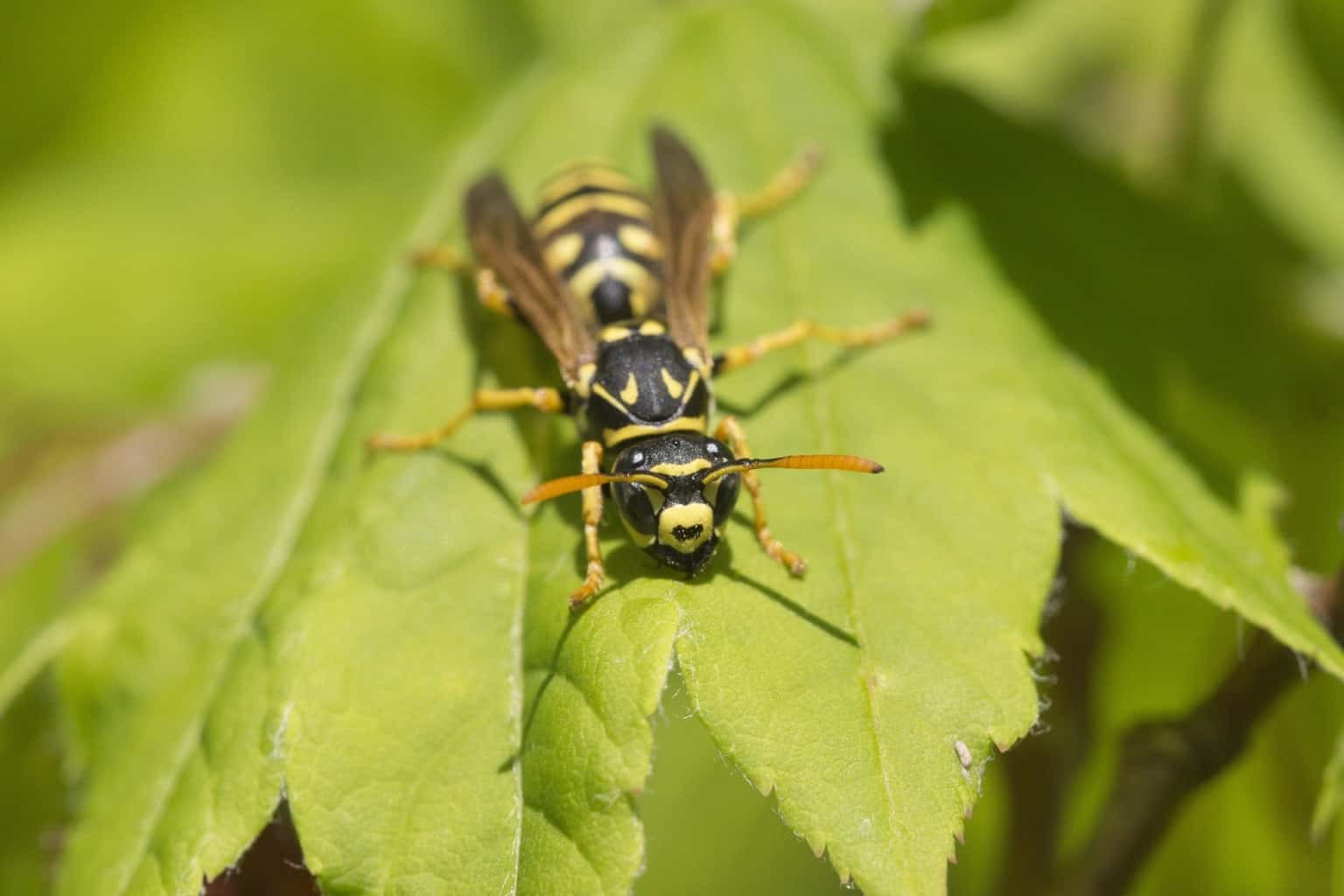
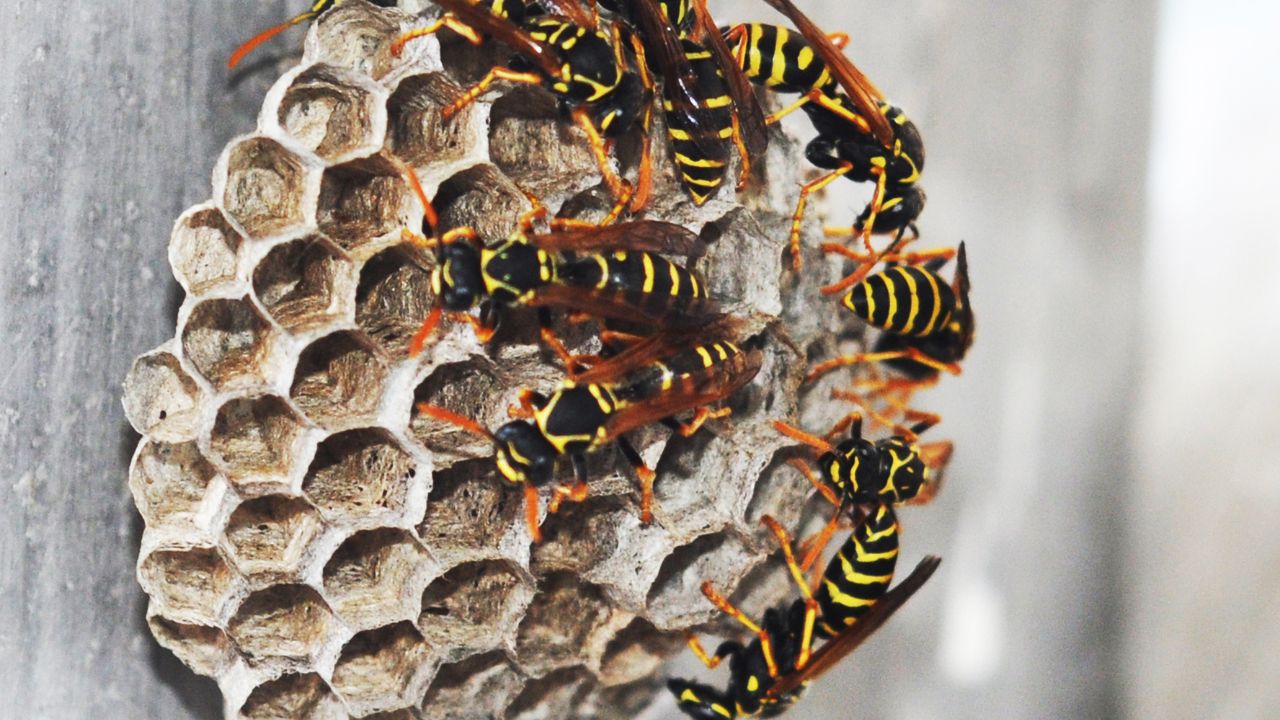
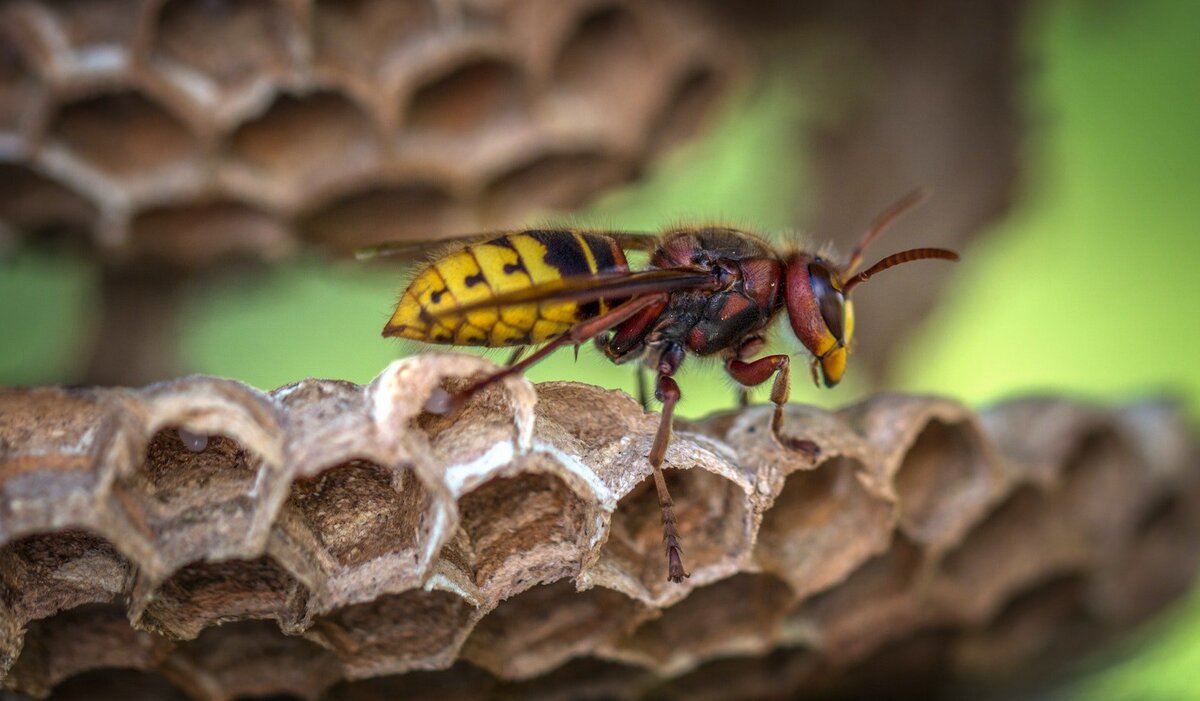
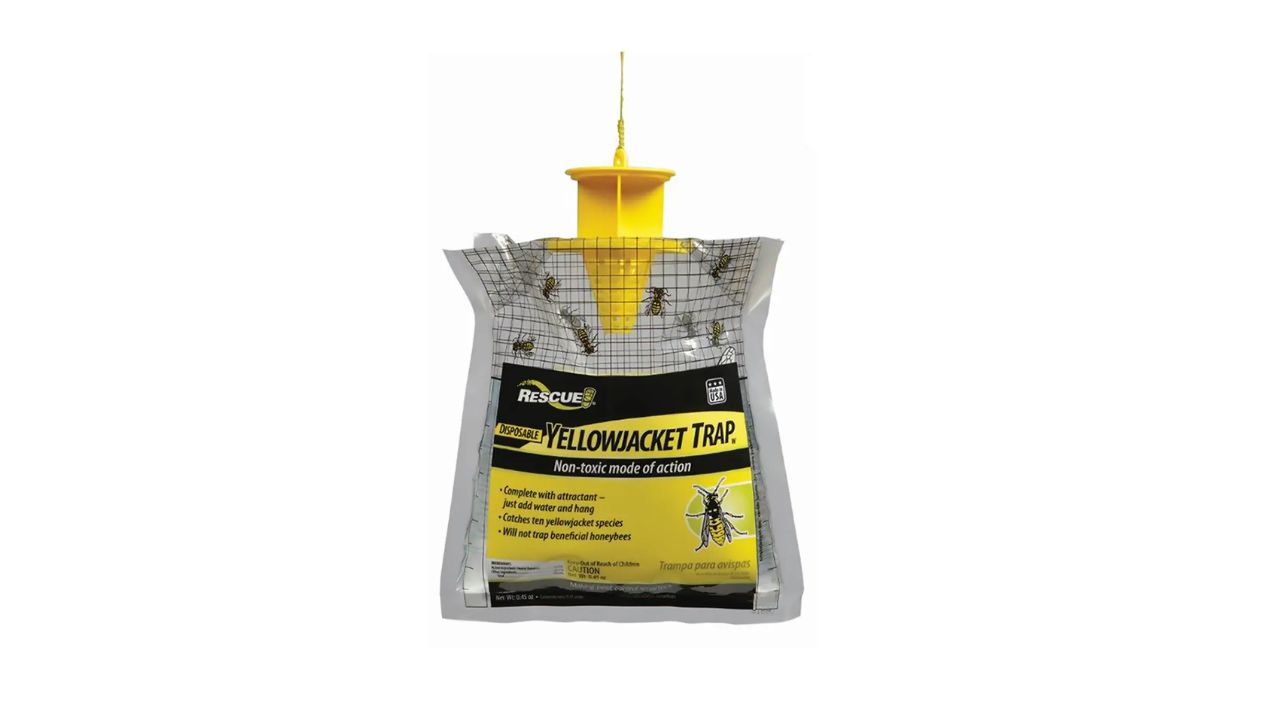
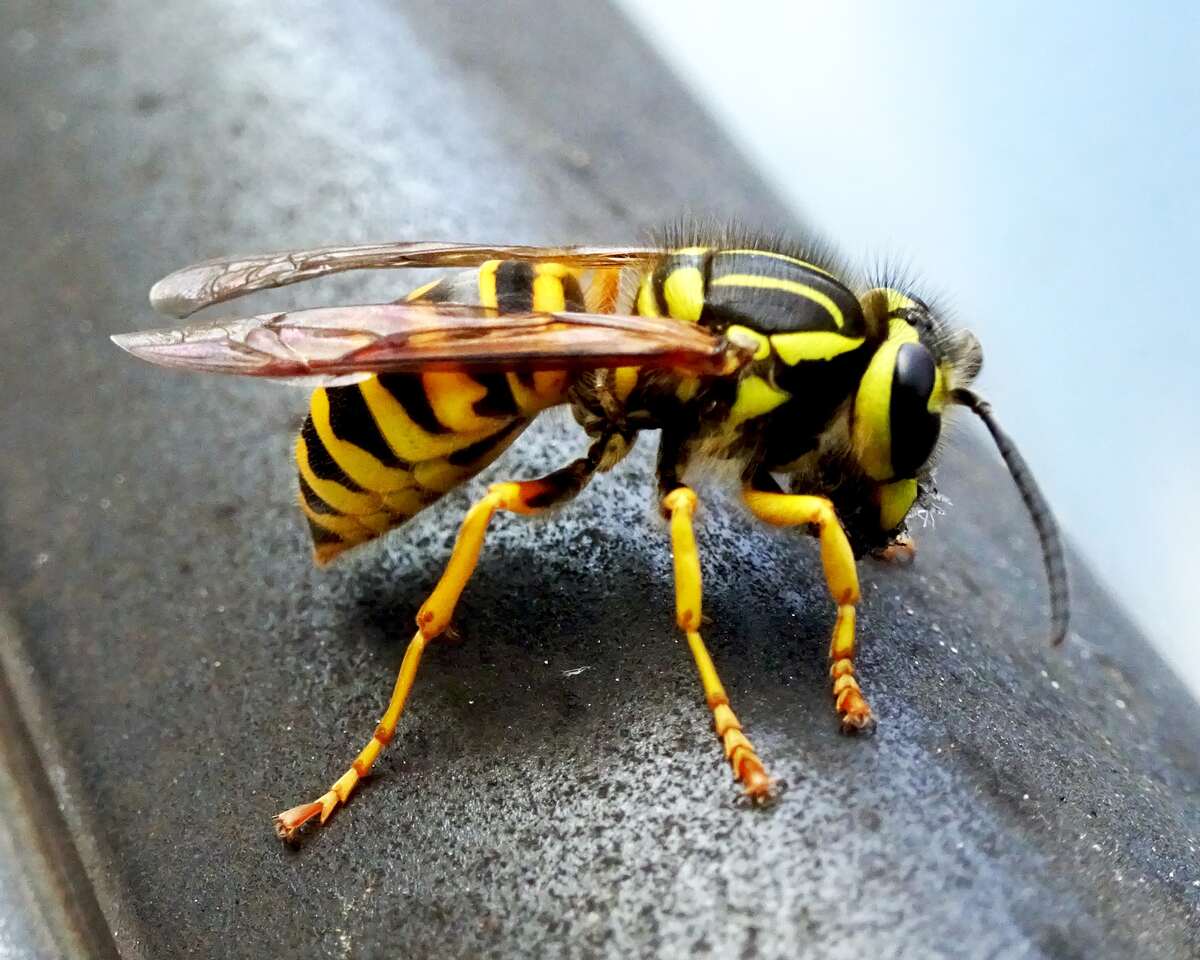
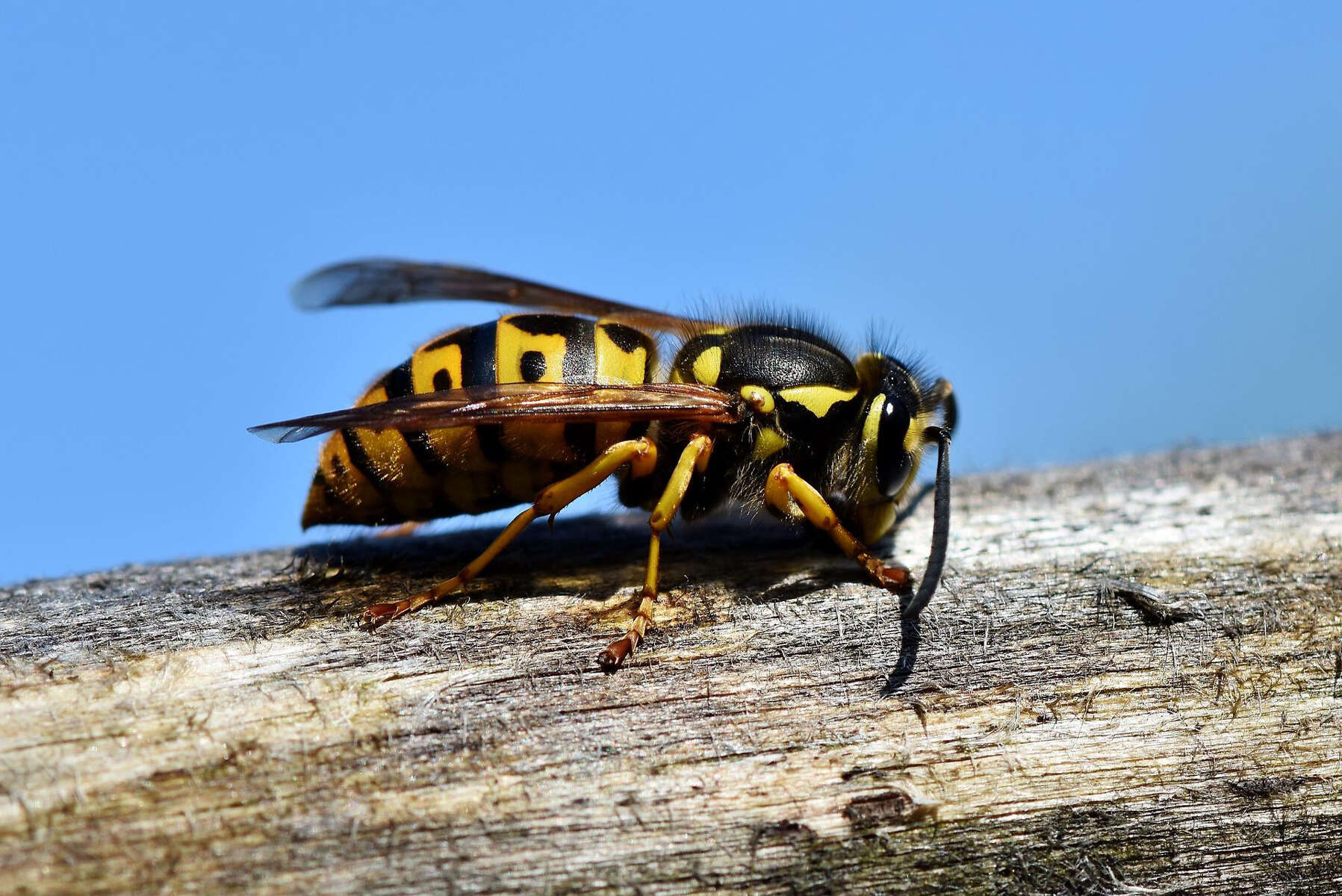
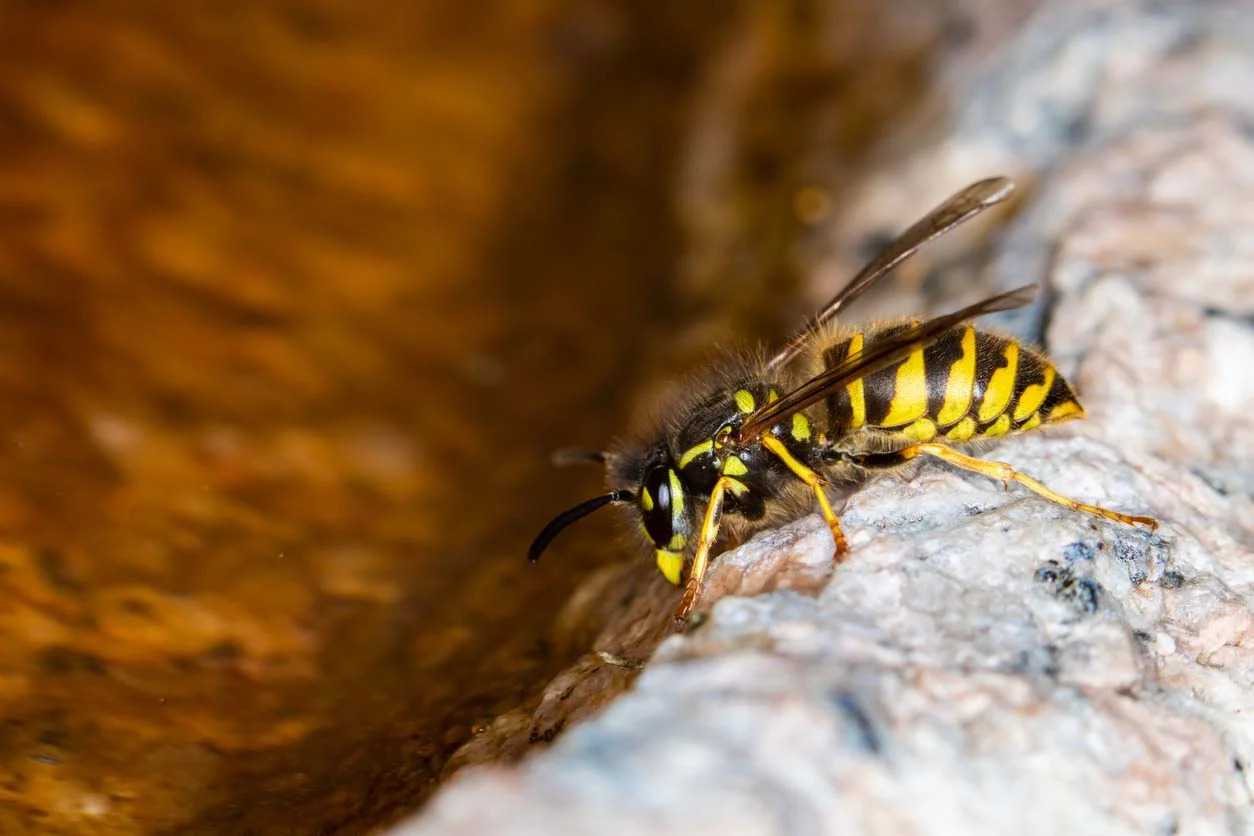
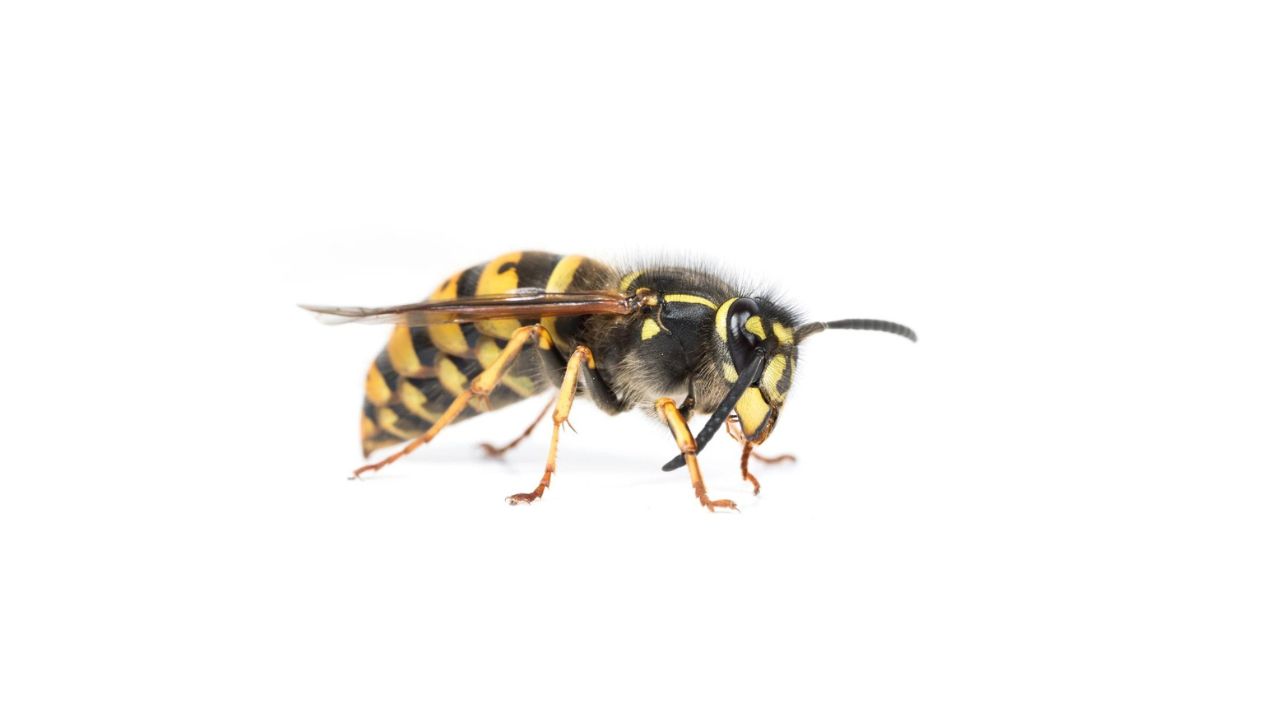
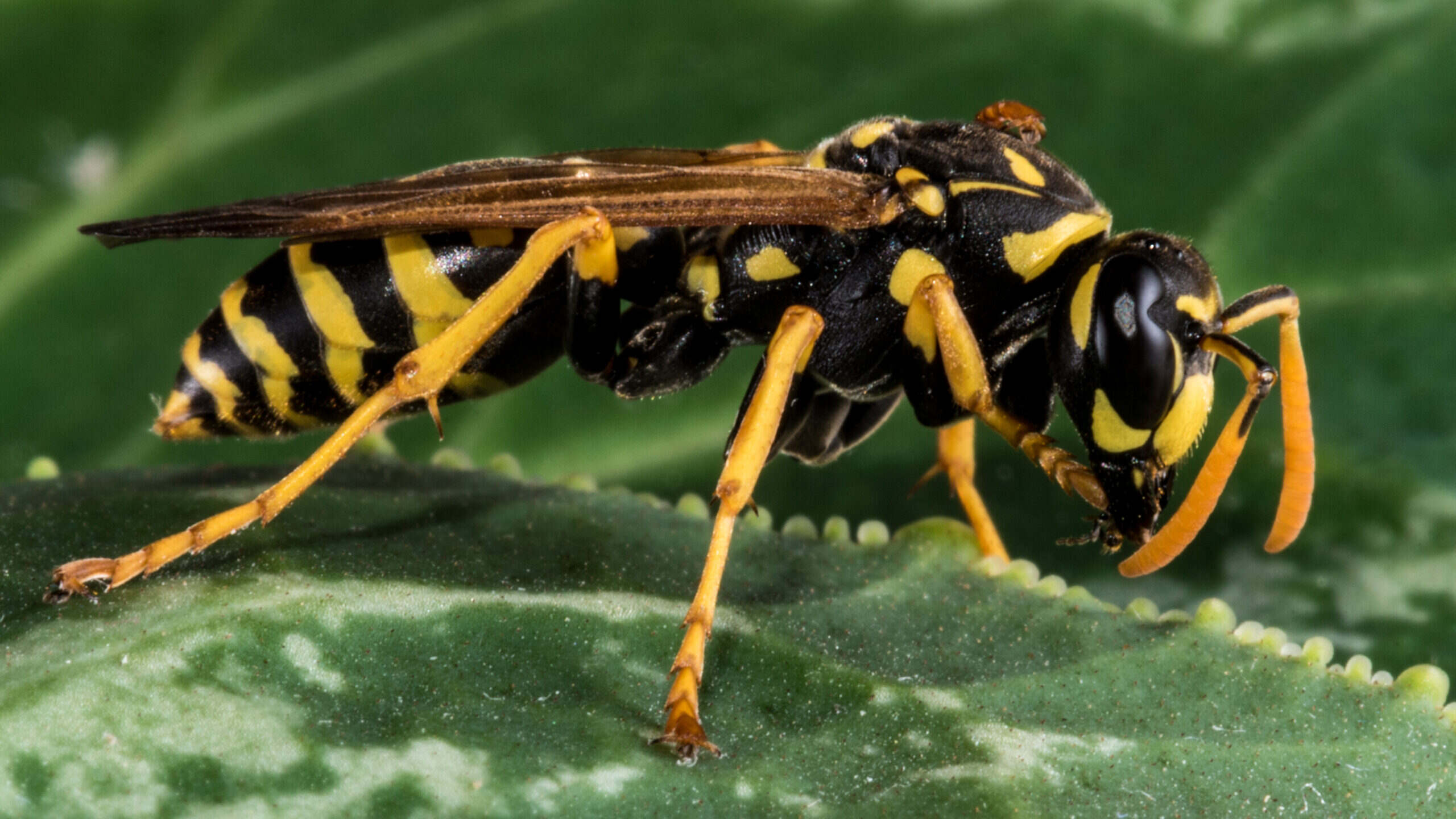
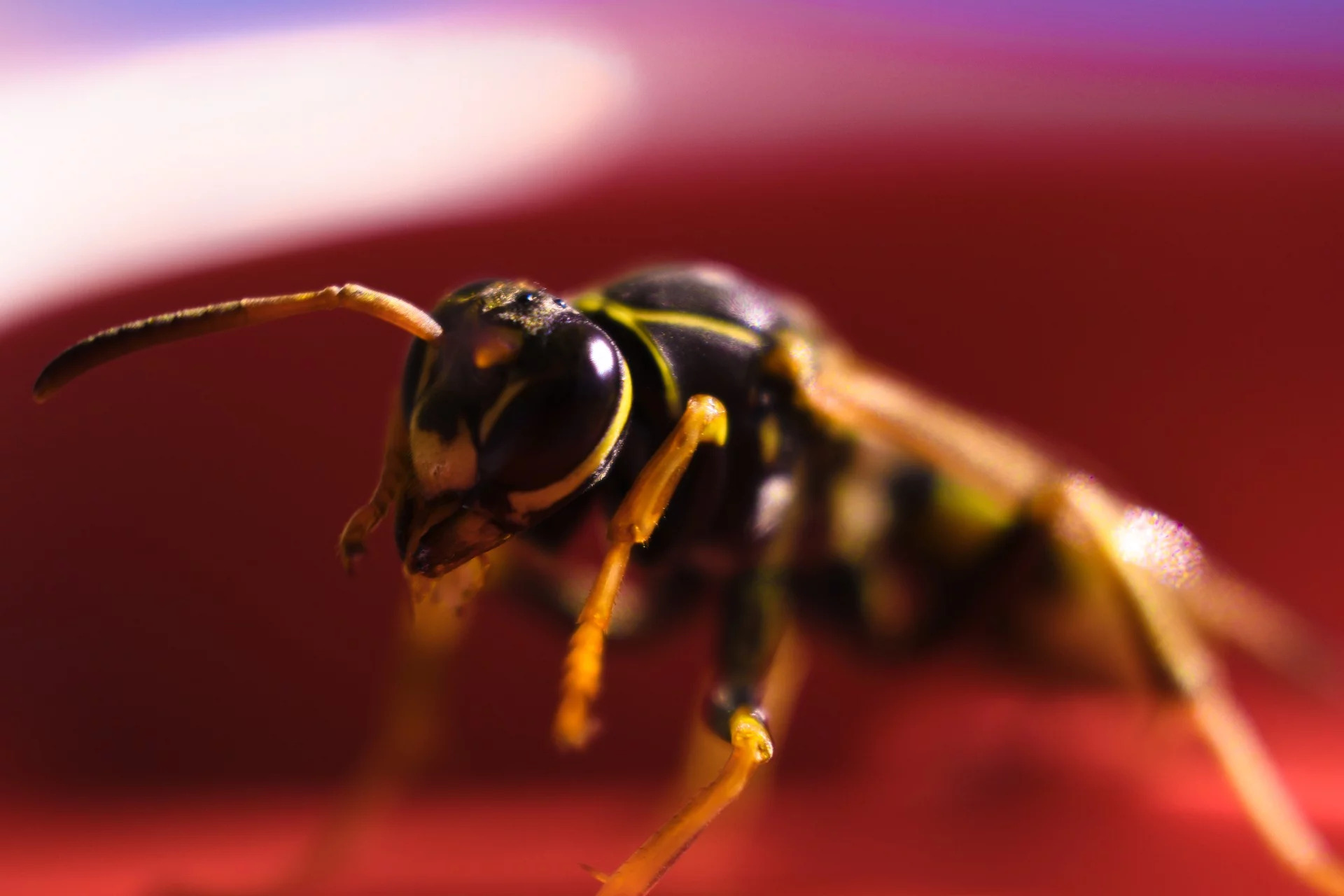
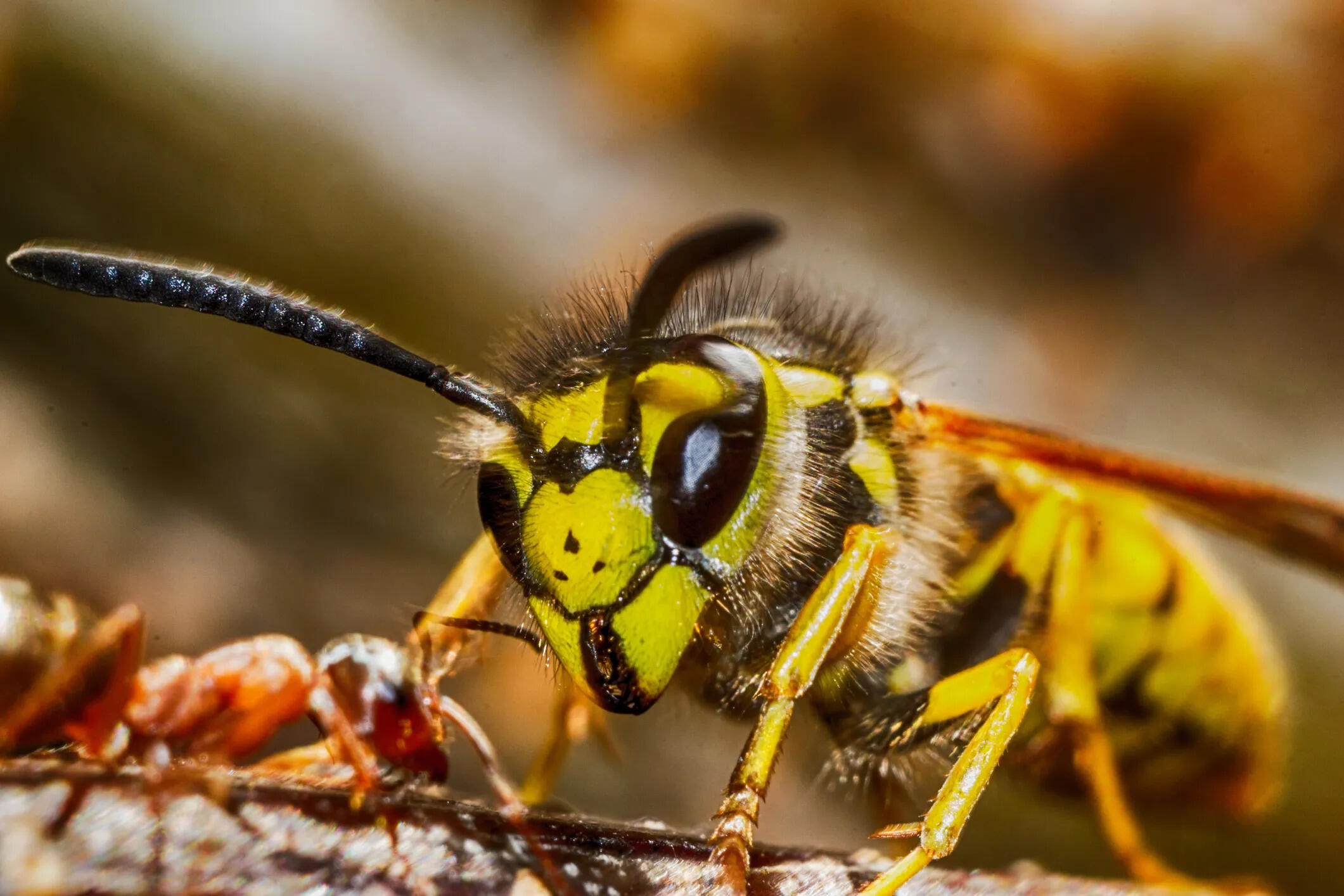
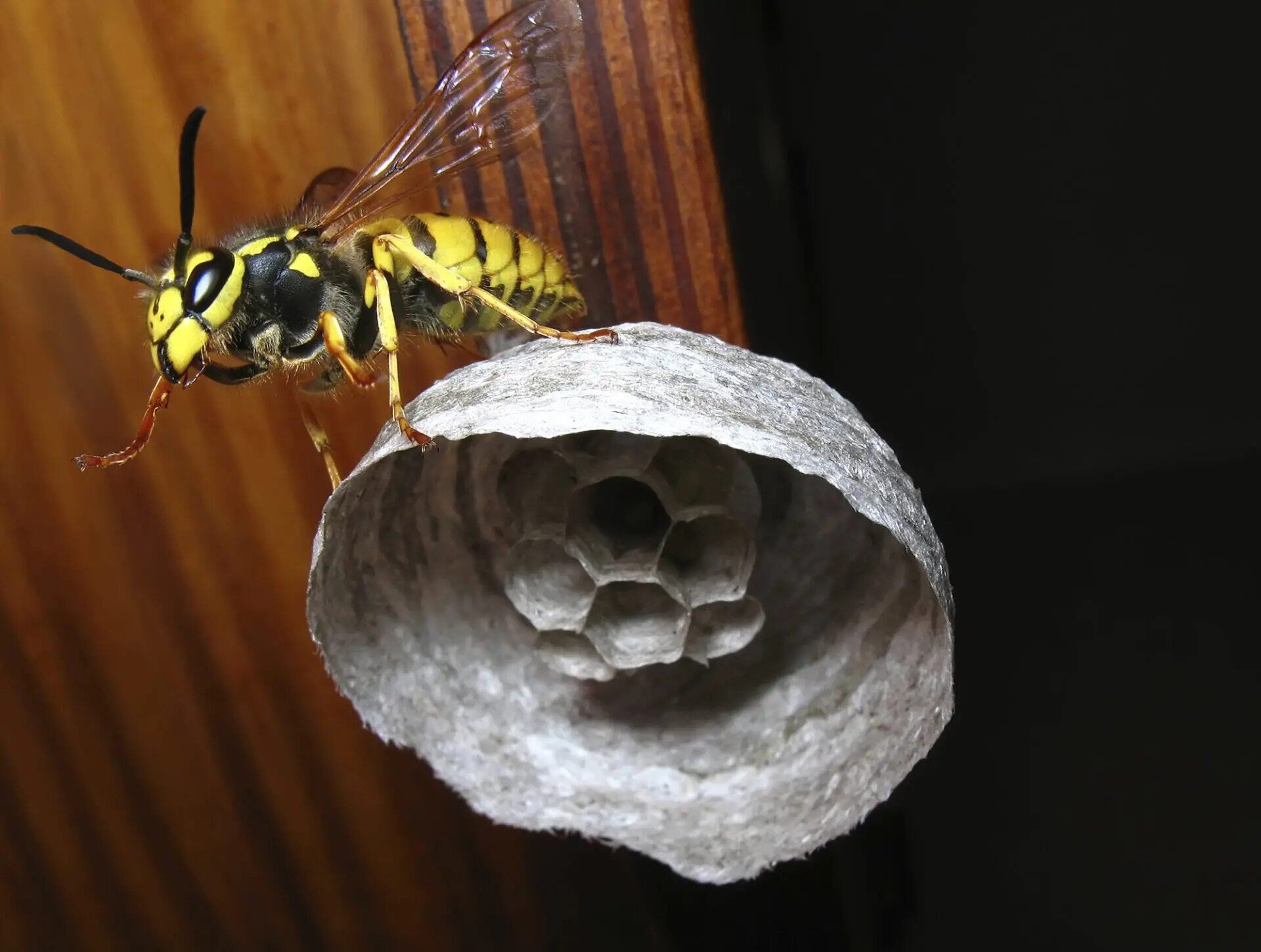
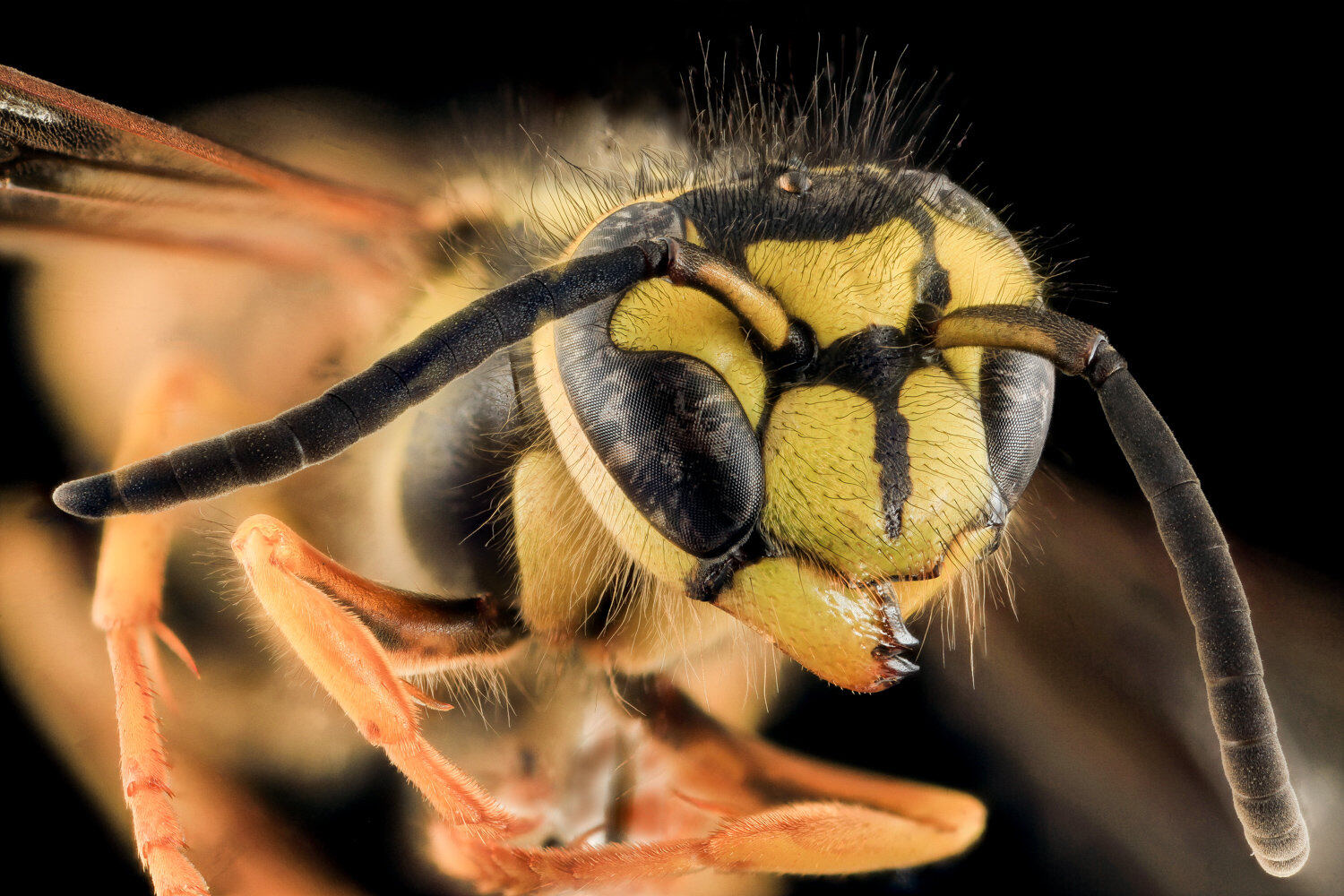

0 thoughts on “How Many Yellow Jackets In A Nest”